+86-0523-83274900
+86-151 9064 3365
How does a DC water gun achieve efficient long-distance fire extinguishing?
A DC water gun is a fire-fighting equipment that uses water as a fire extinguishing agent and sprays dense columnar water flow for long-distance fire extinguishing. Its core advantages are long range, large flow rate, and strong impact force. It is suitable for a variety of fire scenes and is an indispensable and important tool in modern fire protection systems.
1. Solid water flow: A DC water gun sprays a high-intensity, high-density columnar water flow. This water flow has extremely strong penetration and impact force, can quickly penetrate the flame and directly hit the fire source, and is suitable for extinguishing open flames and permeable fires after structural damage. The concentration and impact force of its water flow make it particularly effective in extinguishing initial fires.
2. Durable materials: DC water guns are usually made of high-strength aluminum alloy or lightweight composite materials. These materials have good pressure resistance and corrosion resistance, ensuring the stable operation of the equipment in various harsh environments. Some models are also equipped with a ball valve switch, and the operator can control the water flow intensity by quickly adjusting the flow rate, thereby effectively preventing pressure fluctuations in the water hose and improving operational safety.
3. Multi-interface compatibility: DC water guns support a variety of standard connector types and can be customized according to user needs, making them easy to connect and use with different models of fire hoses and systems. This multi-interface compatibility makes DC water guns more flexible in practical applications and can adapt to different firefighting scenarios.
Fire extinguishing: DC water guns are suitable for rapid control of early fires such as building fires and warehouse fires. The high-intensity, high-density columnar water flow it sprays can quickly penetrate the flames and directly hit the source of the fire, effectively controlling the fire. In urban firefighting, DC water guns can quickly respond to fires and reduce the risk of fire spread.
Penetration firefighting: When the building structure is damaged or the fire spreads to the interior space, the DC water gun can effectively penetrate obstacles for firefighting operations. Its water flow has strong penetrating power and can accurately strike the source of fire in a complex environment, improving firefighting efficiency. In forest fires, the high-pressure water flow of the DC water gun can penetrate forest obstacles and improve the firefighting effect.
Urban and industrial firefighting: DC water guns are widely used in hotels, high-rise buildings, public facilities, docks, chemical plants and other places. They are the preferred firefighting tools for Class A fires (solid material fires). In the industrial field, DC water guns can handle fires caused by chemicals or mechanical failures. Their high spray pressure and high temperature resistance make them an important equipment for industrial firefighting.
DC water guns can quickly penetrate the flames and directly hit the fire source through concentrated spraying of water columns, greatly improving the efficiency of firefighting. This linear water flow can cover a large area of the fire source in a short time and quickly reduce the fire. In practical applications, the efficient firefighting ability of DC water guns makes them a powerful assistant in the hands of firefighters.
The design of DC water guns focuses on the ease of operation. Most models of DC water guns are equipped with ergonomic handles, which are convenient for operators to control in high-pressure environments. In addition, the adjustment function of the nozzle also allows operators to adjust according to actual conditions and flexibly respond to different firefighting needs. Some models are also equipped with ball valve switches, which can quickly adjust the flow rate, effectively prevent pressure fluctuations in the water hose, and improve operational safety.
DC water guns support a variety of standard connector types and can be customized according to user needs, making them easy to connect and use with different models of fire hoses and systems. This multi-interface compatibility makes DC water guns more flexible in practical applications and can adapt to different firefighting scenarios. In addition, the versatility of DC water guns also enables them to adapt to different types of fires, such as solid material fires, liquid fires, etc.
Comparison between atomizing nozzles and Straight Stream Nozzle on elevated mainstreams?
Atomizing nozzles: Atomizing nozzles break down liquids into fine droplets to form a mist spray effect. This type of nozzle is mainly used in elevated mainstreams for scenarios that require large-area coverage and rapid cooling, such as agricultural irrigation, industrial cleaning, and exposure protection in firefighting. The atomizing effect of atomizing nozzles enables them to quickly cover large areas, but their range is short and they may not provide sufficient penetration at low pressure.
Straight Stream Nozzle: Straight Stream Nozzle have extremely strong penetration and impact by spraying high-intensity, high-density columnar water flows, and are suitable for extinguishing open flames and penetrating fires after structural damage. In the elevated mainstream, Straight Stream Nozzle can provide longer range and stronger penetration, and are suitable for scenarios that require precise water supply and high penetration, such as early control of building fires and firefighting operations of internal structures.
Application scenarios:
Atomizing nozzles: Suitable for situations that require large-area spraying or require strong impact, such as agricultural irrigation, industrial cleaning, etc.
Straight Stream Nozzle: Suitable for scenarios that require precise water supply and high penetration, such as early control of building fires and firefighting operations of internal structures.
Advantages and disadvantages:
Atomizing nozzles: Good atomization effect and wide coverage, but short range, and may not provide sufficient penetration at low pressure.
Straight Stream Nozzle: Long range and strong penetration, but poor flexibility and cannot effectively handle large-scale decontamination events.
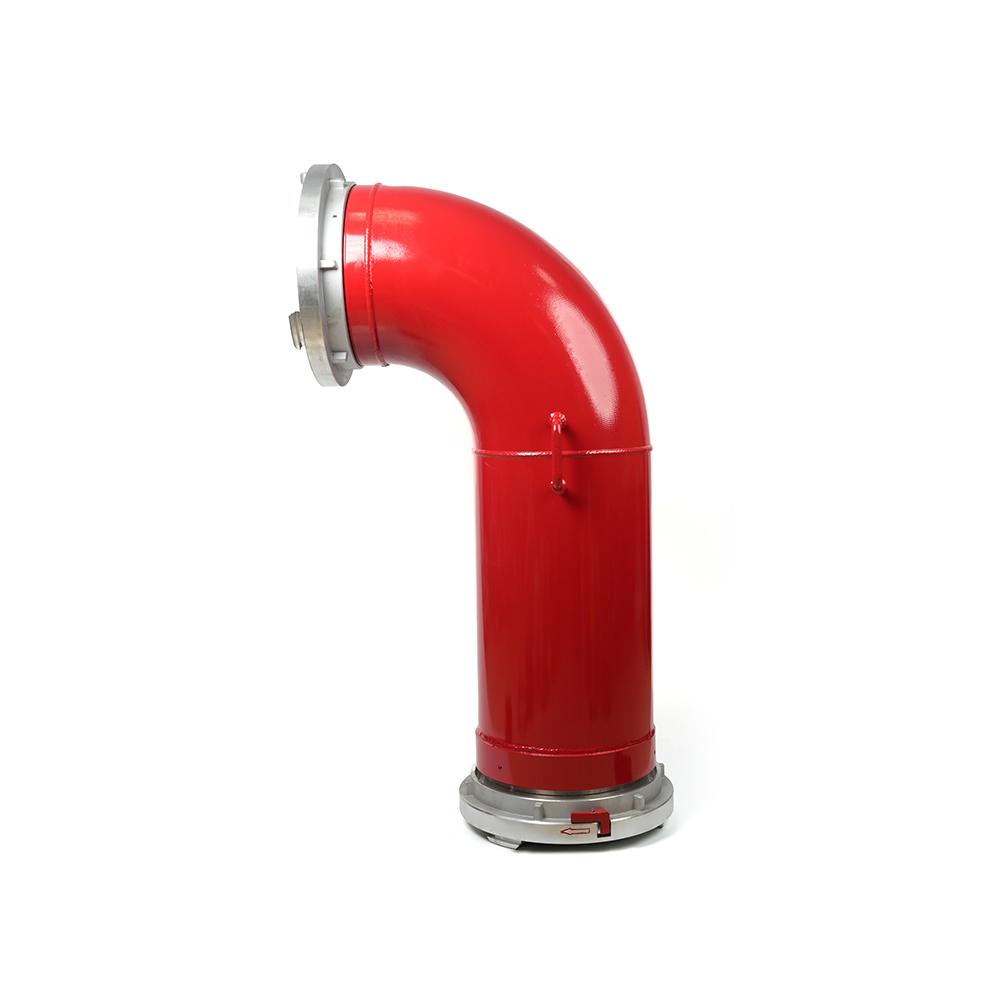 Grooved Fire Elbow-Storz
Grooved Fire Elbow-Storz
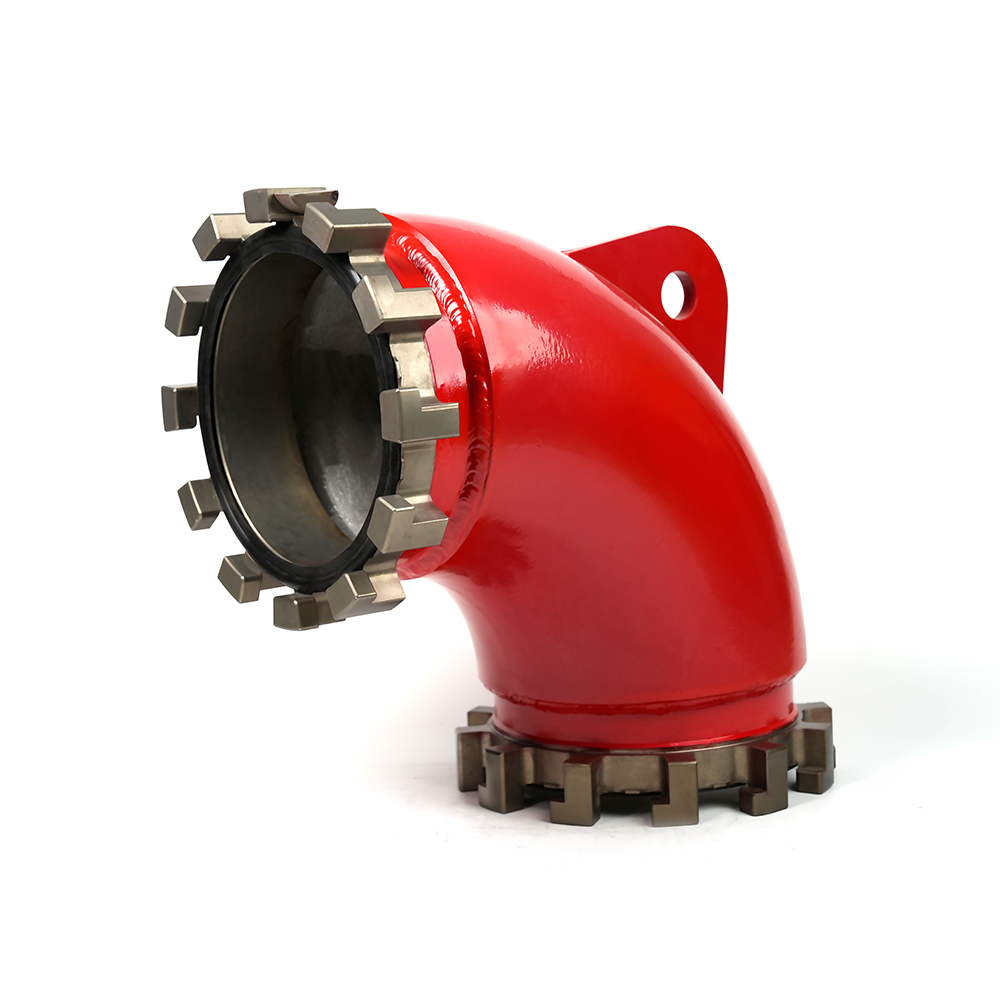 Grooved Fire Elbow-Multi-tooth
Grooved Fire Elbow-Multi-tooth
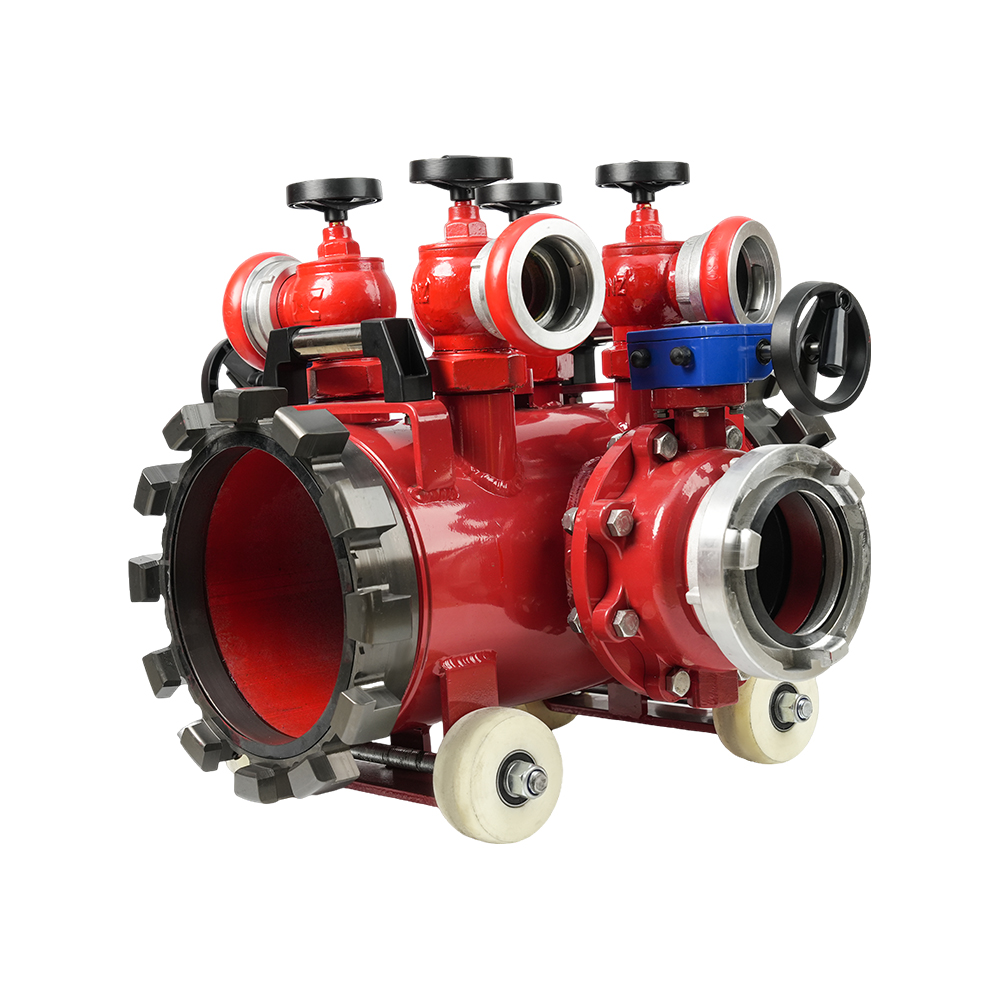 Multi-functional Fire Hose Distributor
Multi-functional Fire Hose Distributor
 Locking Four-Way Fire Hose Distributor
Locking Four-Way Fire Hose Distributor
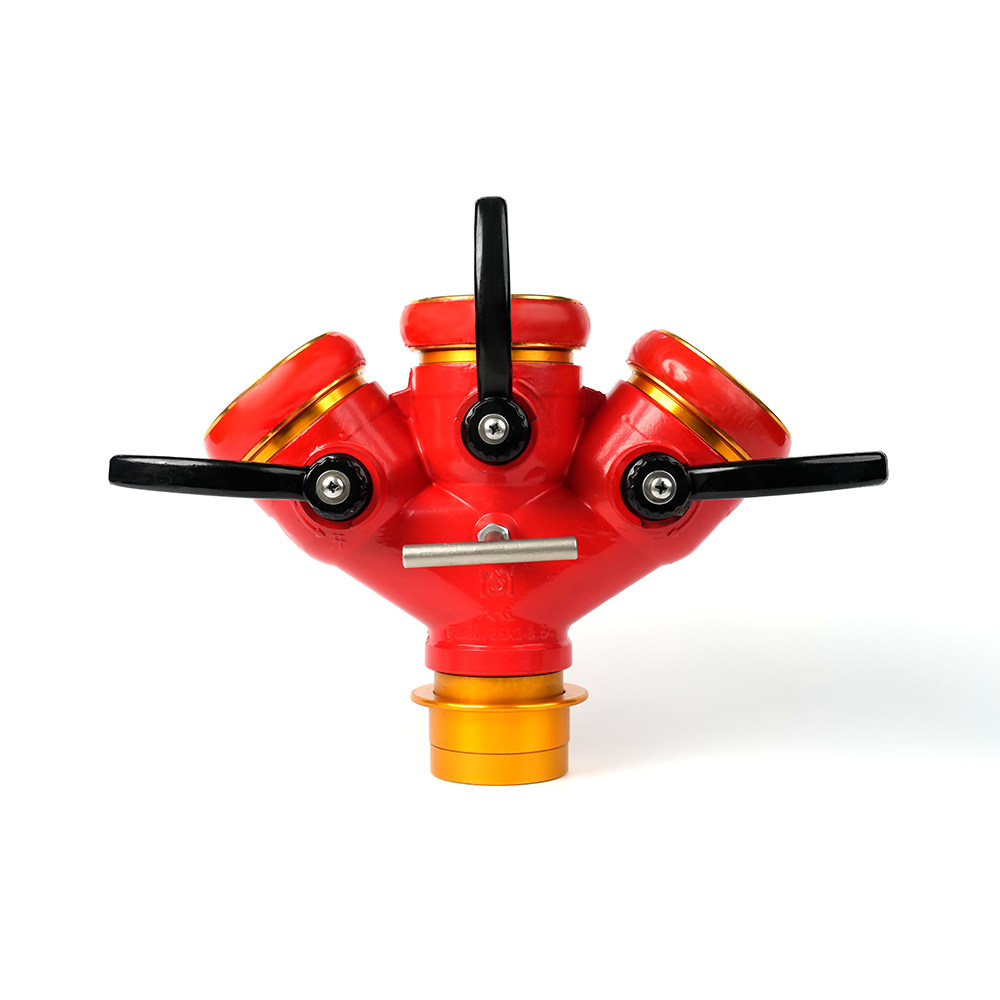 Locking Three-Way Fire Hose Distributor
Locking Three-Way Fire Hose Distributor
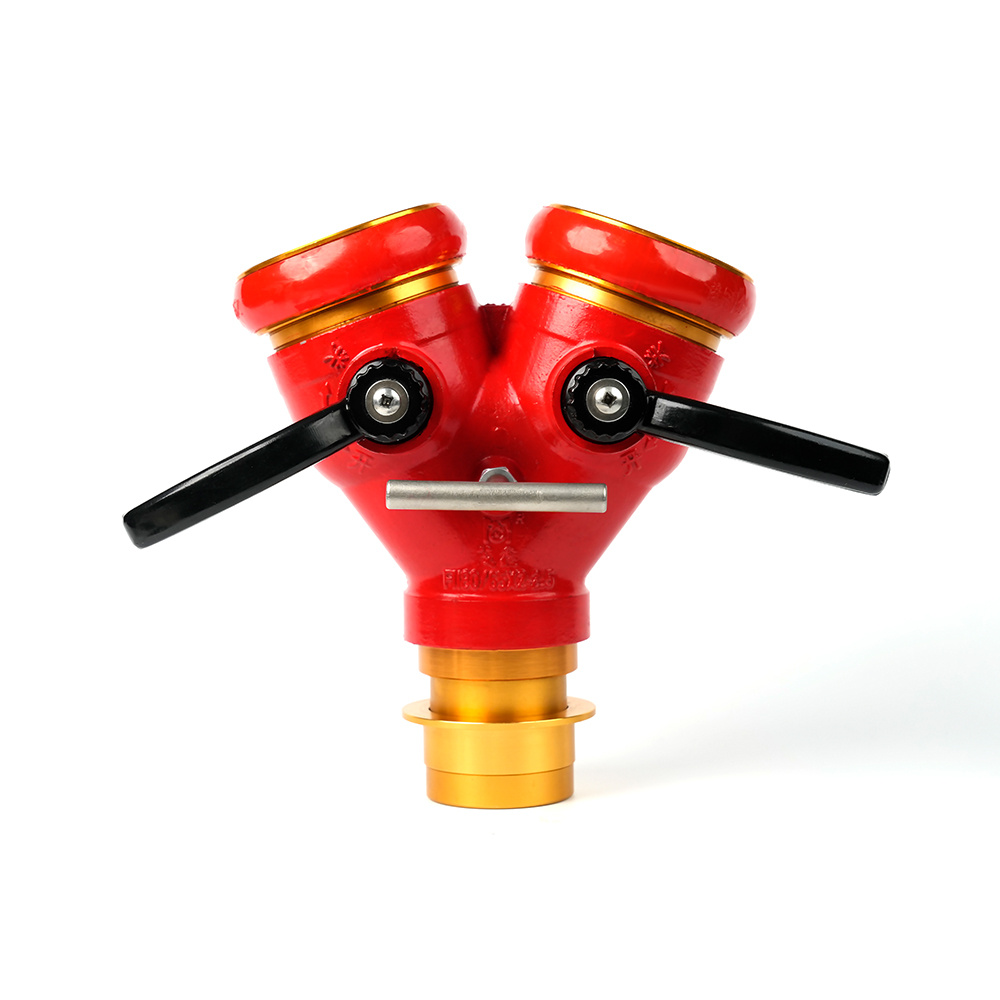 Locking Two-Way Fire Hose Distributor
Locking Two-Way Fire Hose Distributor
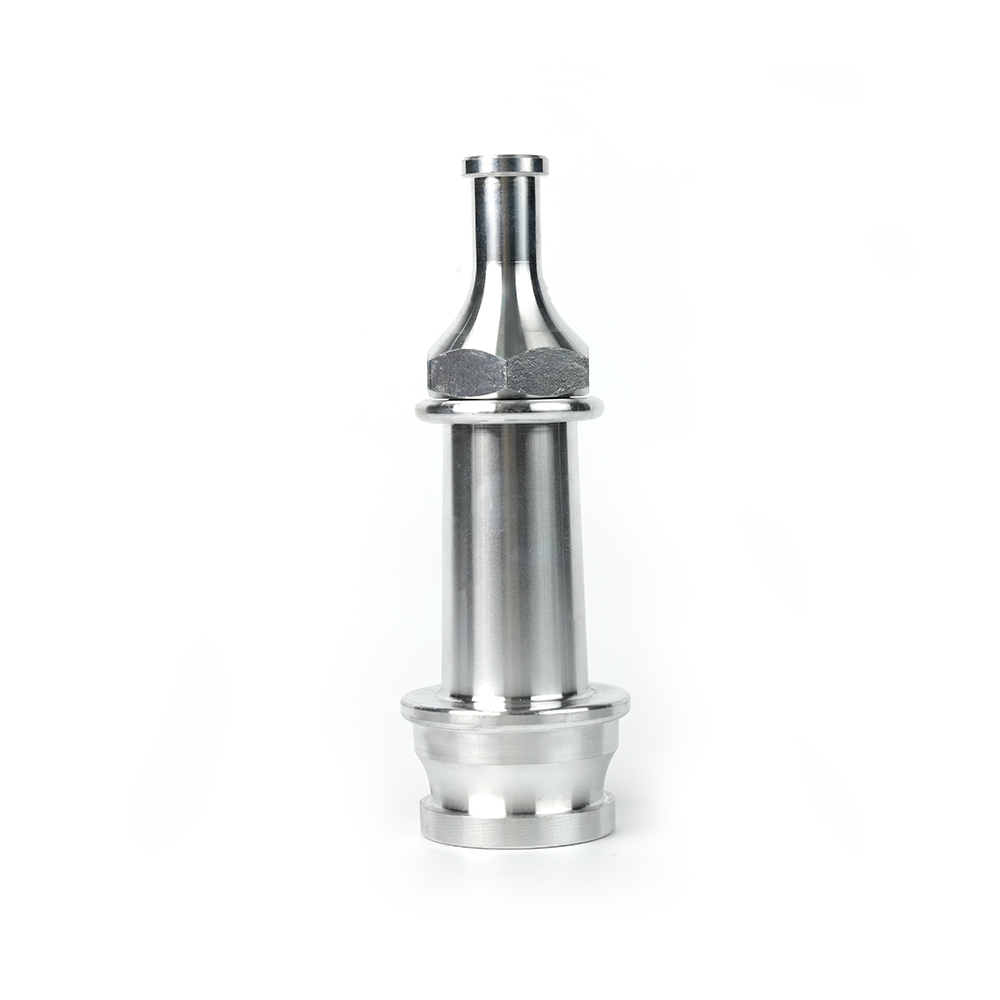 Straight Stream Nozzle
Straight Stream Nozzle
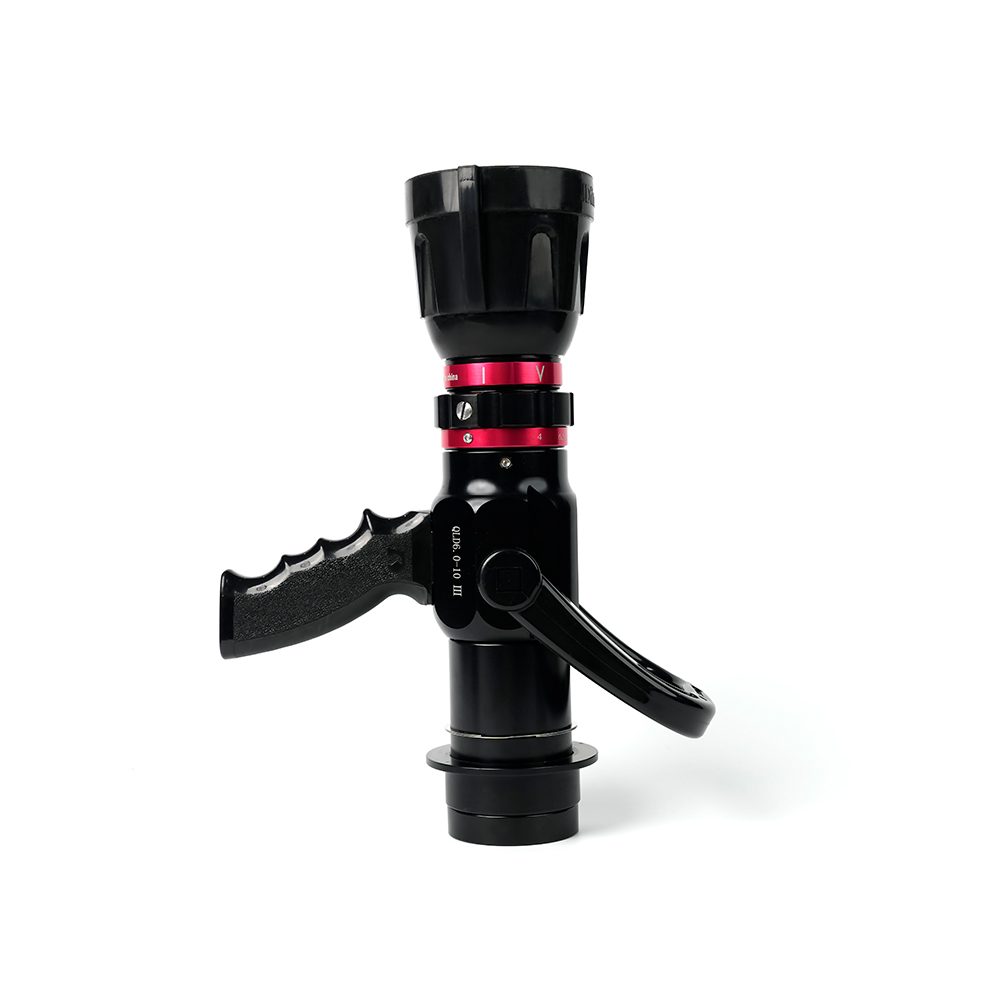 Adjustable nozzle-machino
Adjustable nozzle-machino
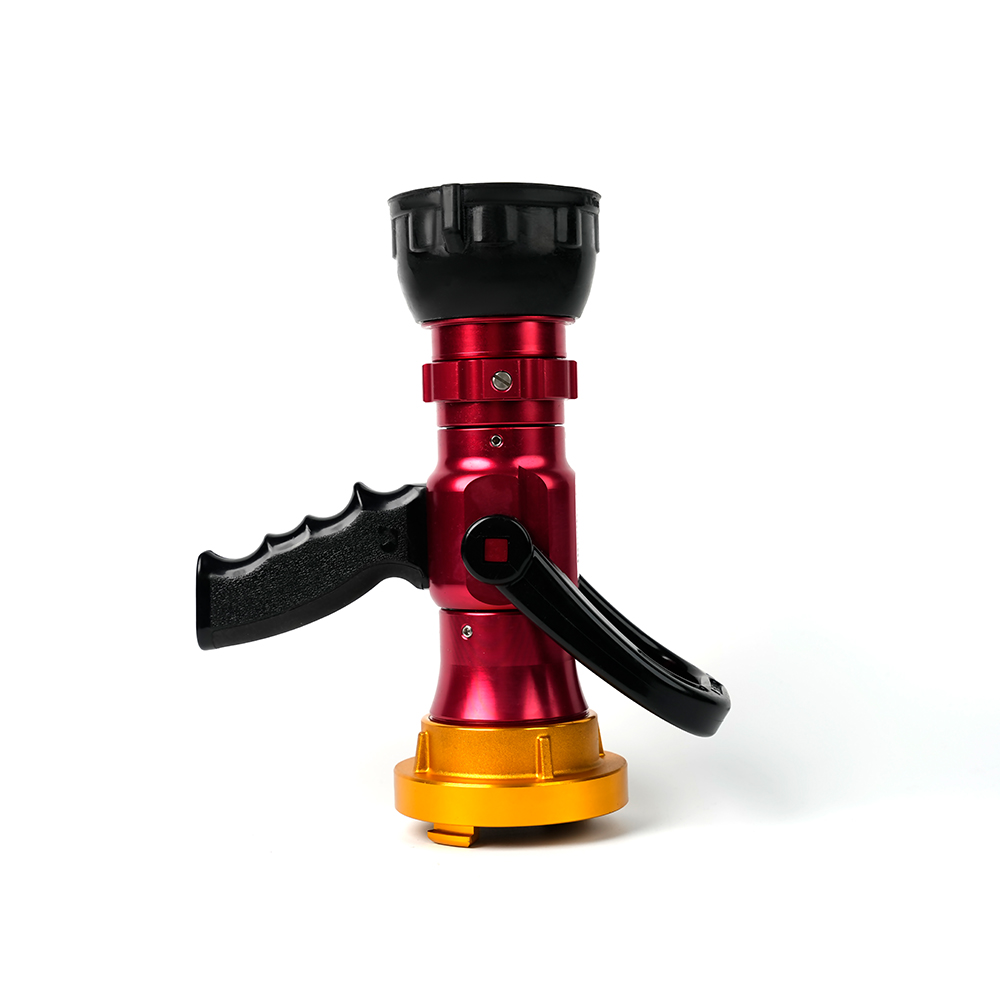 Adjustable nozzle-storz
Adjustable nozzle-storz
 Storz Adapter Couplings - Multi-Tooth
Storz Adapter Couplings - Multi-Tooth
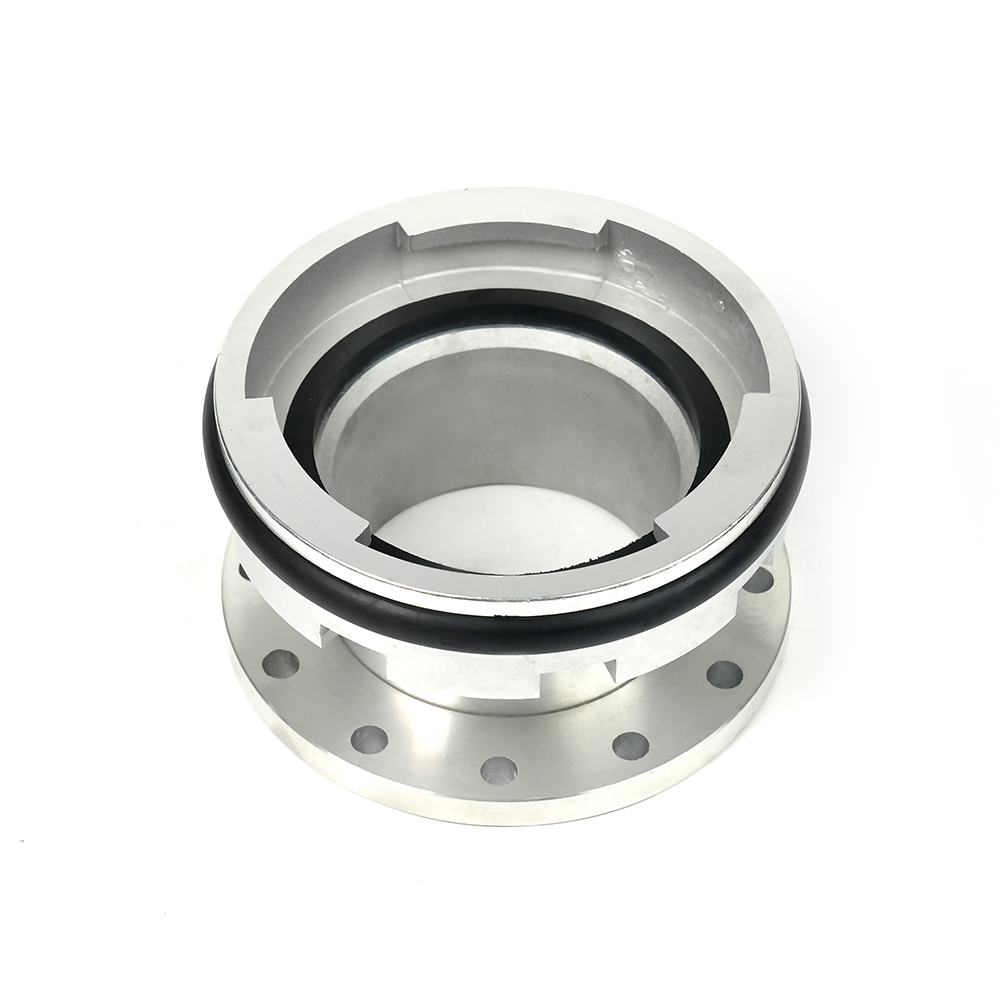 Machino Adapter Couplings – Flanged
Machino Adapter Couplings – Flanged
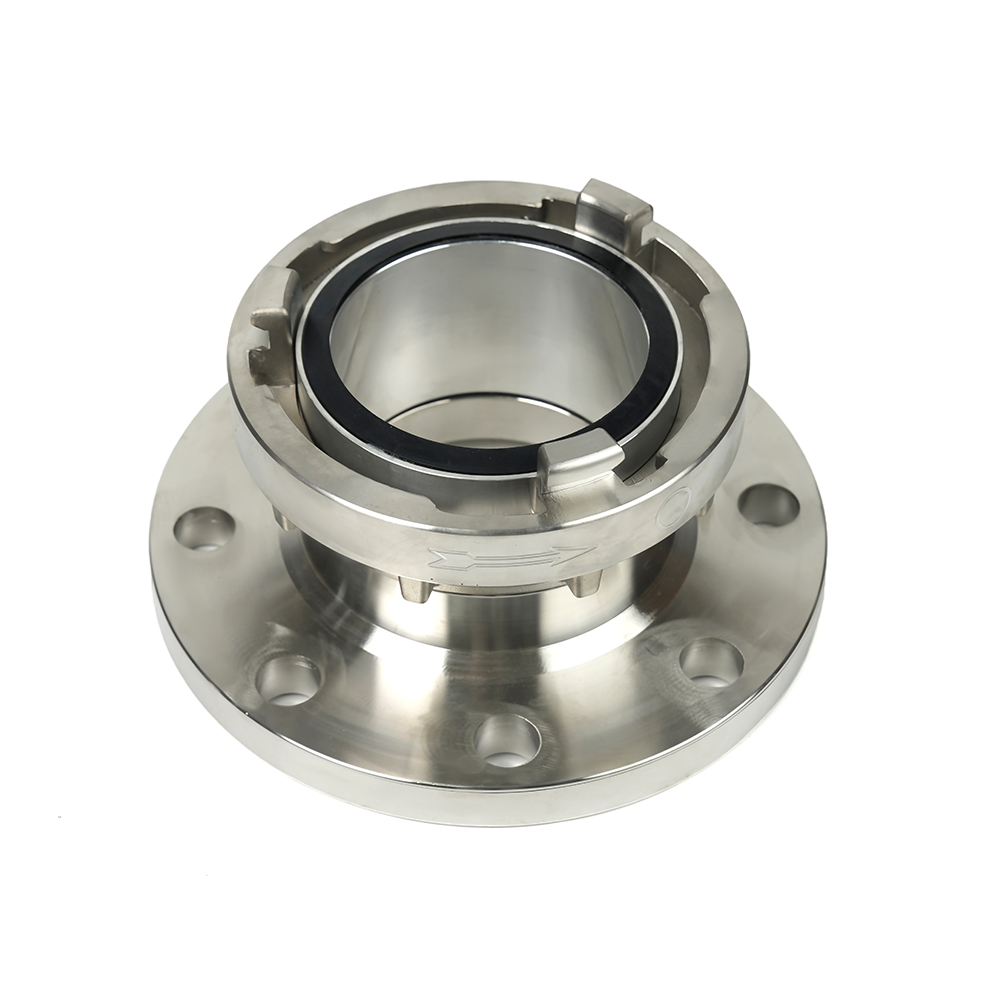 Storz Adapter Couplings – Flanged
Storz Adapter Couplings – Flanged